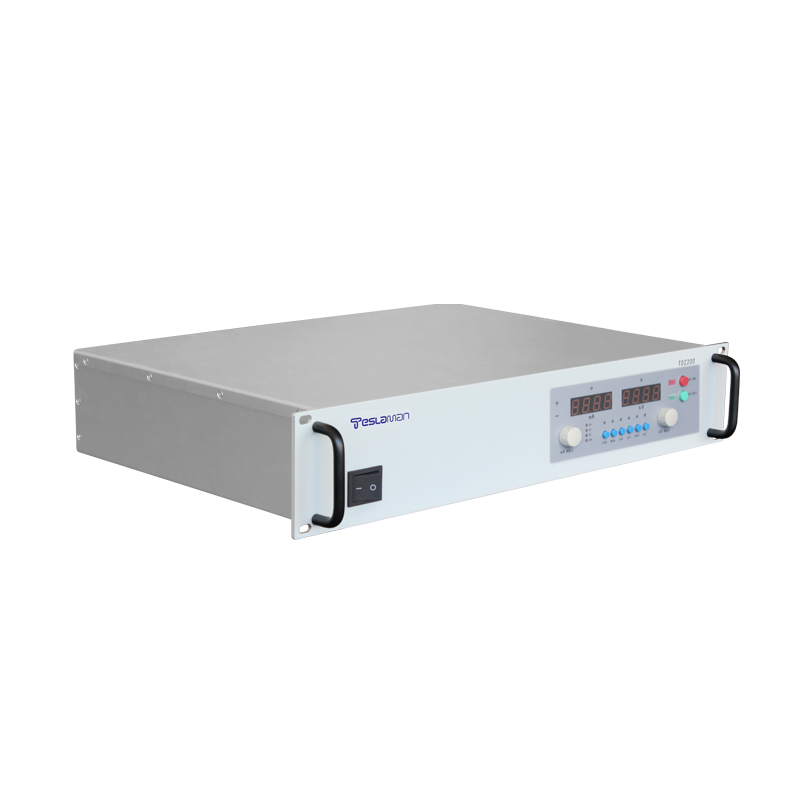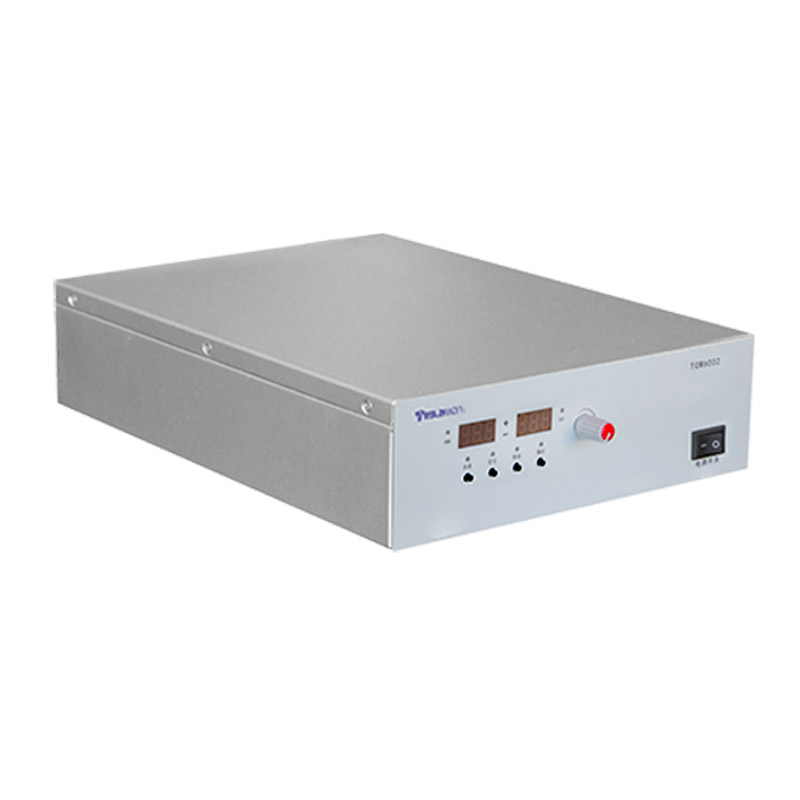Ultra-Low EMI Shielding Structure for High-Voltage Power Supplies in Electron Microscopes
The resolution and imaging quality of electron microscopes (EM) critically depend on the stability of their high-voltage power supplies. External electromagnetic interference (EMI) can cause electron beam deflection, image blurring, or data distortion. Therefore, the ultra-low EMI shielding structure for high-voltage power supplies is a core challenge in EM design, requiring comprehensive optimization of materials, structural design, and system integration.
1. Material and Structural Design for Low-Frequency Magnetic Field Shielding
Shielding against low-frequency magnetic fields (particularly 50/60Hz power-frequency interference) relies on high-permeability materials. Studies show that steel plates (2–3mm thickness) or permalloy can reduce external magnetic flux density by 80–100dB by providing magnetic bypass paths. The principle operates through magnetic circuit parallel shunting, directing most magnetic fields along the shield wall rather than penetrating the internal space. For higher shielding efficacy, multilayer composite structures (e.g., steel-copper-steel) attenuate residual fields through successive layers, albeit increasing system weight.
2. Synergy of Active Demagnetization and Passive Shielding
Single passive shielding struggles with dynamic field fluctuations. Modern EMs often integrate active demagnetization systems:
• 3D AC/DC Compensation: Magnetic field sensors monitor ambient fields in real-time, while control units drive triaxial coils to generate opposing fields, canceling sudden disturbances within 100 microseconds. This reduces 50/60Hz AC fields to 1/75 and DC fields to 1/200 of their original magnitudes.
• Six-Sided Welded Enclosure: Continuous steel welding for baseplates, walls, and ceilings avoids magnetic leakage from rivets or screws. Welds must be polished and anti-corrosion treated (e.g., phosphating) to ensure electrical continuity.
3. High-Frequency EMI Suppression and Integration Techniques
High-frequency interference (>1MHz) primarily depends on eddy current shielding. Materials like aluminum or copper, with high conductivity, utilize skin effects to convert electromagnetic energy into heat. For example, 100MHz waves have a skin depth of only 0.0067mm in copper, allowing 0.1mm copper foil to meet requirements. Critical processes include:
• Waveguide Design: Ventilation holes and cable entries require honeycomb waveguides with cutoff frequencies below the target shielding band (e.g., 14kHz–3GHz), ensuring ≥80dB attenuation.
• Grounding and Filtering: A dedicated ground resistance <4Ω and two-stage EMI filters (X/Y capacitors + common-mode chokes) suppress conducted interference.
4. Coordinated Environmental Control
Shielding structures must synergize with thermal and vibration control:
• Temperature and Humidity: Operating temperature 20±3°C, humidity ≤80% to prevent condensation-induced corrosion.
• Vibration Isolation: Power supply bases mount air-floating isolators, limiting vibration amplitude to <1μm below 2Hz to avoid mechanical displacement disrupting shield integrity.
Conclusion: Necessity of Multi-Stage Shielding Systems
EMI control for EM high-voltage power supplies requires a three-tiered material-structure-dynamic compensation defense: steel plates shunting magnetic fields at the base layer, active demagnetization countering dynamic interference mid-layer, and high-conductivity materials absorbing high-frequency noise at the surface. Future breakthroughs may focus on practical superconducting shields to achieve zero-flux-penetration static magnetic vacuum.




















